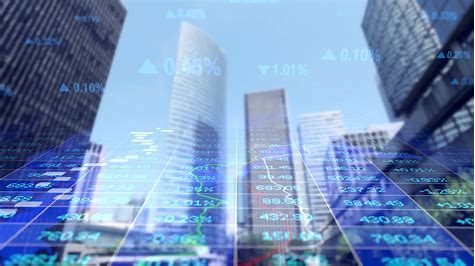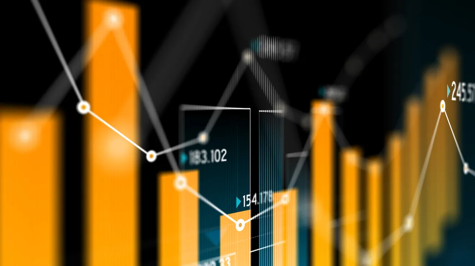Algorithmic trading (also known as algo trading or automated trading) is a method of executing trades using computer algorithms. These algorithms are designed to analyze market data and make trades based on certain rules and conditions. The use of algorithms allows traders to execute trades at a faster rate and with a higher degree of accuracy than would be possible with manual trading. Algorithmic trading is commonly used in high-frequency trading (HFT) and other forms of quantitative trading, and it is becoming increasingly popular in the financial industry.
Examples:
One example of algorithmic trading is a simple mean reversion strategy. The algorithm is programmed to monitor the price of a stock and calculate its moving average. If the stock's current price falls significantly below its moving average, the algorithm will automatically place a buy order. Conversely, if the stock's current price rises significantly above its moving average, the algorithm will automatically place a sell order. The goal of this algorithm is to profit from small price movements by buying low and selling high.
Another example could be a momentum strategy, where the algorithm would monitor the stock's recent performance, if the stock has been performing well (upward trend) the algorithm will place a buy order if the stock has been performing poorly (downward trend) the algorithm will place a sell order.
It's important to note that algorithmic trading is based on mathematical models and past data, it does not predict future market movements.
Another example of algorithmic trading is the use of pair trading. In this strategy, the algorithm monitors the performance of two related assets (such as two stocks in the same industry) and looks for instances where the performance of one asset diverges significantly from the other. If the algorithm detects such a divergence, it will automatically place a trade to profit from the expected reversion to the mean.
Another example is using a complex mathematical model such as a Machine Learning Algorithm, in this case, the algorithm is trained with historical data to learn from it and adapt to the market. This can be used for predicting stock prices, and the algorithm will place buy or sell orders based on the predictions.
It's important to note that there are many variations and different types of algorithmic trading strategies, and they can be used in different markets and financial instruments such as stocks, futures, currencies, and options.
Another example of algorithmic trading is the use of news-based trading algorithms. These algorithms are designed to analyze real-time news and information, such as economic data releases or company announcements, and make trades based on the expected market impact of the news. For example, if an algorithm detects that a major company is about to release earnings that are expected to be much higher than analysts' estimates, it might place a buy order for that company's stock in anticipation of a price increase. Similarly, if an algorithm detects that a country's central bank is about to raise interest rates, it might place a sell order for that country's currency in anticipation of a decrease in value.
Another example is the use of statistical arbitrage, which is a strategy that aims to profit from small price discrepancies between closely related financial instruments. For example, the algorithm might detect that the price of a stock is slightly lower than the price of its derivatives, such as options or futures. In this case, the algorithm would buy the stock and sell the derivatives, expecting to profit from the expected reversion to the mean.
It's important to note that algorithmic trading is a rapidly evolving field, and new algorithms and strategies are being developed all the time. It's also important to keep in mind that using algorithmic trading does not guarantee profits, and traders must be aware of the risks associated with using such strategies.
If you want to learn technical analysis, then you can see our Stock Technical Analysis course











